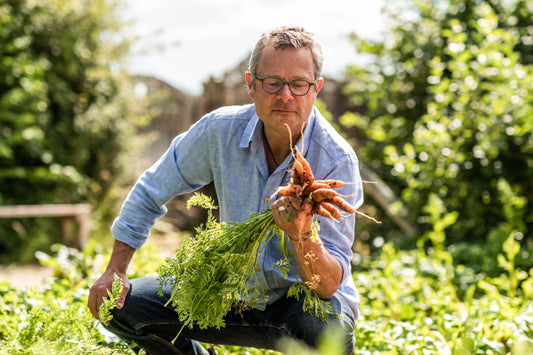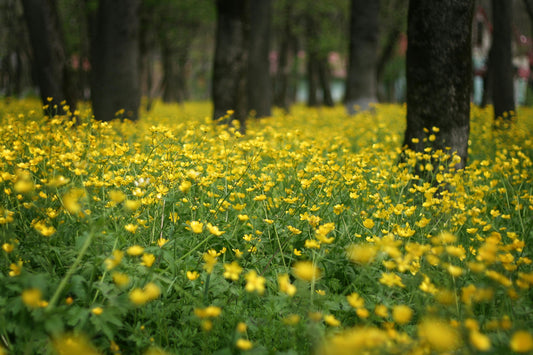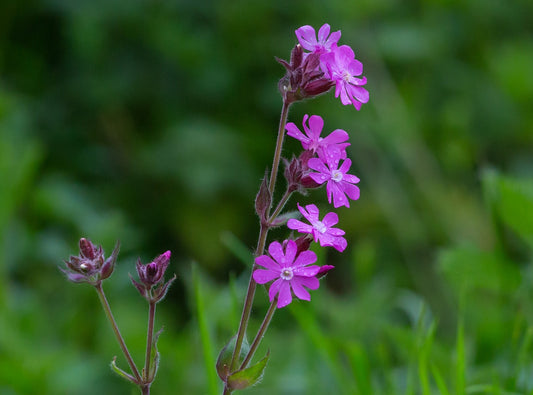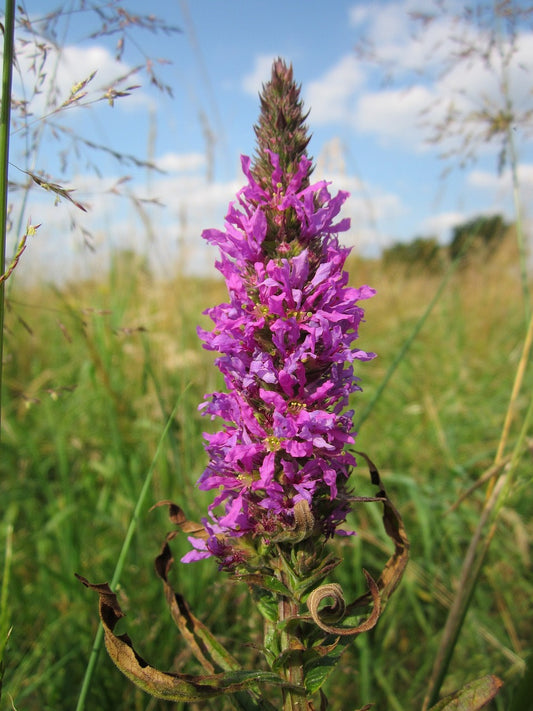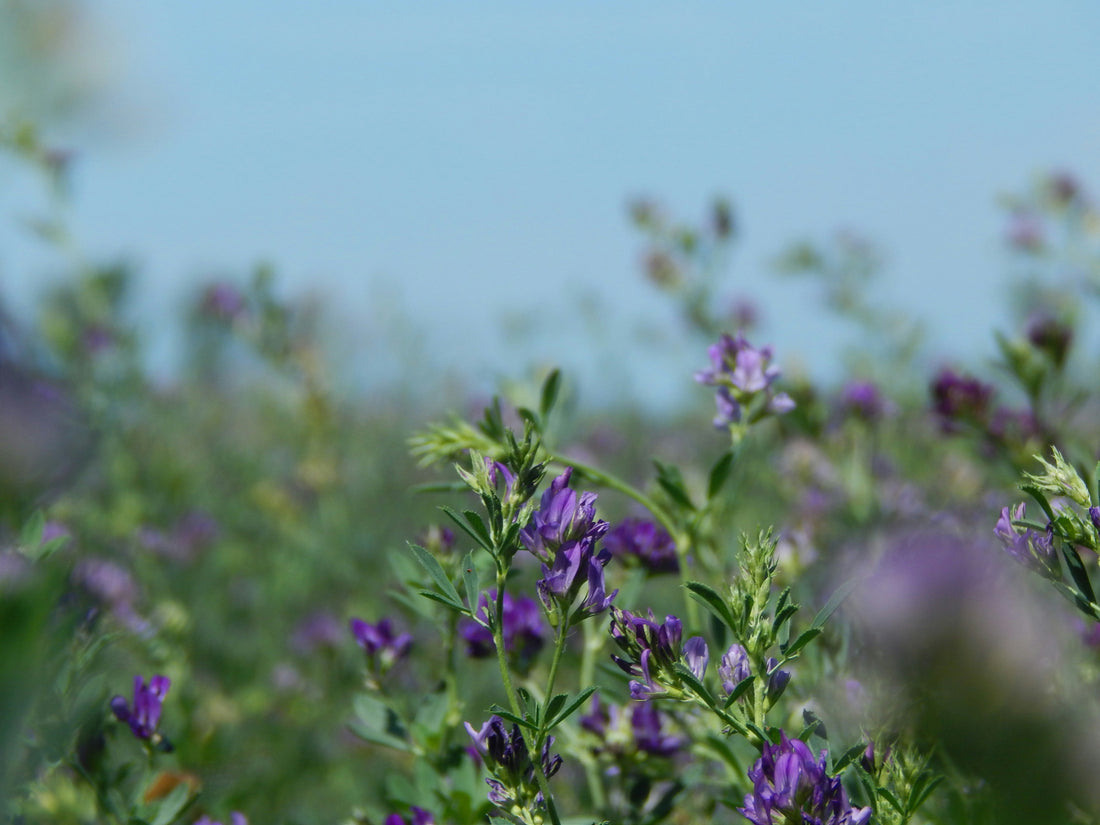
How to Successfully Plant Lucerne (Alfalfa)
This comprehensive guide will walk you through planting Lucerne (Alfalfa), from soil preparation to maintenance, ensuring a lush and productive crop.
Introduction to Lucerne
Lucerne, also known as Alfalfa, is a highly nutritious forage crop valued for its rich protein content and soil-enhancing properties. It's a favourite among farmers and gardeners alike for its versatility and benefits.
Benefits of Growing Lucerne
Growing Lucerne offers numerous advantages:
- Nutrient-Rich Feed: Ideal for livestock, providing high protein and essential nutrients.
- Soil Improvement: Enhances soil fertility through nitrogen fixation.
- Erosion Control: Deep root system helps prevent soil erosion.
Best Time to Plant Lucerne
Choosing the right time to plant is crucial for successful growth:
- Spring Planting: Early spring, after the last frost, is ideal.
- Autumn Planting: Late summer to early autumn allows for root establishment before winter.
Selecting the Perfect Location
Lucerne thrives in specific conditions. Consider the following when selecting a location:
- Soil Type: Prefers well-drained, loamy soils with a neutral pH.
- Sunlight: Requires full sun for optimal growth.
Preparing the Soil
Proper soil preparation is key to a healthy Lucerne crop:
- Weed Removal: Clear the area of weeds to reduce competition.
- Soil Testing: Test soil pH and adjust if necessary; aim for a pH between 6.5 and 7.5.
- Fertilisation: Incorporate phosphorus and potassium fertilisers based on soil test results.
Planting Lucerne Seeds
Planting Lucerne seeds correctly will ensure good germination:
- Seed Bed Preparation: Till the soil to a fine, firm seed bed.
- Seeding Rate: Sow seeds at a rate of 20-25 kg per hectare.
- Depth: Plant seeds at a depth of 0.5 to 1 cm.
- Watering: Water lightly after planting to settle the soil.
Caring for Your Lucerne Crop
Proper care will ensure a healthy and productive Lucerne crop:
- Watering: Keep the soil consistently moist, especially during germination.
- Fertilisation: Apply a balanced fertiliser as needed, focusing on phosphorus and potassium.
- Weed Control: Regularly monitor and control weeds to prevent competition.
Harvesting Lucerne
Knowing when and how to harvest Lucerne is crucial for maximum yield:
- Timing: Harvest when the plants are in the early bloom stage for optimal nutrition.
- Cutting: Use a sharp mower or scythe to cut the plants, leaving a stubble height of about 5 cm.
Common Pests and Diseases
Be aware of potential pests and diseases that can affect Lucerne:
- Pests: Watch for aphids, weevils, and leafhoppers. Use appropriate pest control methods as needed.
- Diseases: Common diseases include root rot and leaf spot. Ensure proper spacing and avoid overwatering to reduce risk.
Benefits of Crop Rotation with Lucerne
Incorporating Lucerne into a crop rotation system offers several benefits:
- Soil Health: Improves soil structure and fertility for subsequent crops.
- Pest Management: Reduces pest and disease cycles through diversification.
- Yield Boost: Enhances overall farm productivity.
Conclusion
Planting Lucerne can greatly benefit your garden or farm by providing high-quality forage and improving soil health. By following these steps, you can ensure a successful and productive Lucerne crop. Happy planting!
For more gardening and farming tips, continue exploring our blog.

